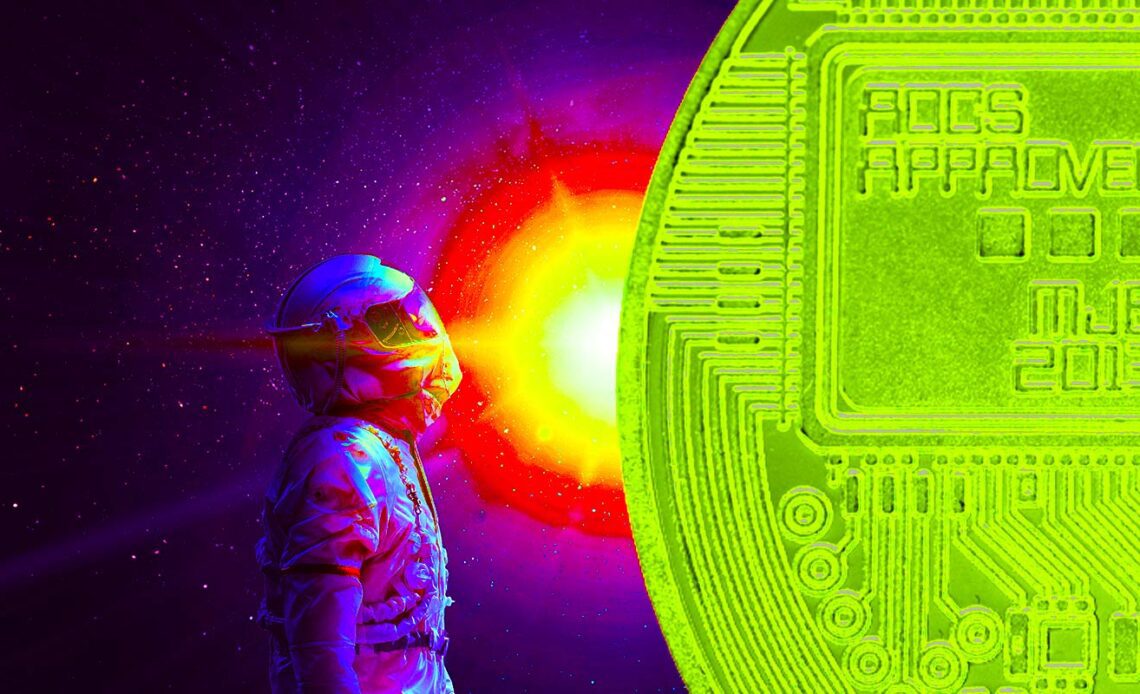HodlX Guest Post Submit Your Post
Some of the world’s most advanced distributed systems such as Halo 4, WhatsApp and LinkedIn arguably among global leaders in network design use a mathematical proof called the ‘actor model.’
Vast payment processing institutions like Visa and Mastercard use it too no doubt perking the ears up of every person who believes cryptocurrencies are a viable alternative to existing payment and remittance solutions.
Sharding is held as one of many holy grails in crypto because the division of a blockchain into several smaller networks aka shards unleashes the potential to holistically separate traffic, rather than dealing with vast volumes of transactions all at once in one place.
The actor model is irresistibly conducive to sharding in blockchain, with technical principles offering a natural fit to the goal of tremendous scalability.
Strictly speaking, the logic of this model does not break blockchain norms on its own but innovative engineering makes it entirely possible to scale to 100,000 TPS (transactions per second) using the underlying fundamentals.
These fundamentals provide a very modern model for distributed networks.
First-movers in tech often enjoy a significant advantage, and the same might prove true for engineers utilizing cleverly adapted mathematical proof for a massively scalable blockchain.
Why the actor model is so technically good
The actor model was first introduced by Carl Hewitt in 1973 and has since been successfully implemented, such as in the Akka library using the programming language Scala and the OTP (Open Telecom Platform) using Erlang.
If anything, this indicates a highly adaptable math proof.
We neither had the tools nor the conceptual vision to design modern DLT 40 years ago when Ericsson led the adoption of the actor model by deploying it as software on top of hardware routers.
Yet it’s entirely possible that this was the beginning of a quiet revolution ending with blockchain mass adoption, and finally, integration of the technology into our daily lives.
If this will be the case, it’s instructive to learn exactly how the actor model works. Even those without a solid mathematical or even computer science grounding can readily understand the unmistakable logic of applying it to blockchain.
The actor model states that an atom of computation is an ‘actor’ applied to blockchain simply meaning, the user account.
For the purposes of explanation, we…
Click Here to Read the Full Original Article at The Daily Hodl…
























